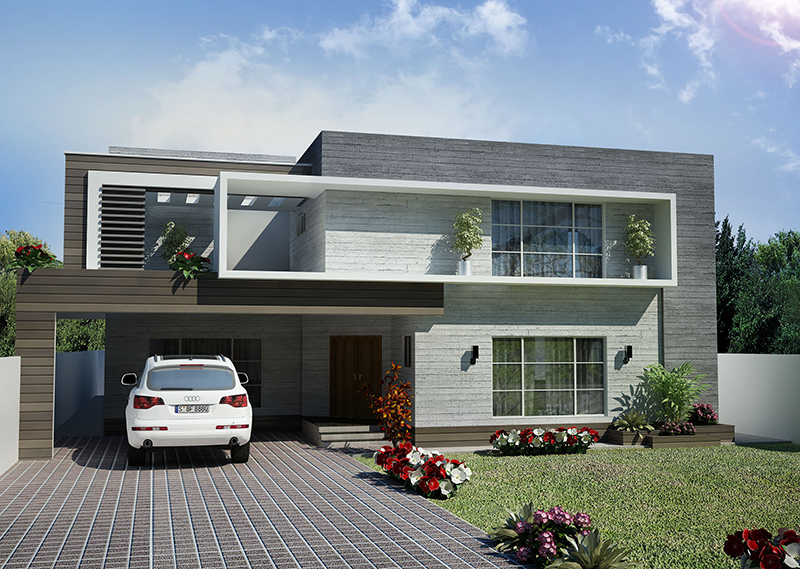
1). Photorealistic
A photorealistic architectural rendering can help you win architectural competitions. It can also help you grow your business by enabling you to show your clients an accurate image of the final result. These images give clients an unpinfrecedented insight into your design. They are also a powerful tool for social media marketing.
Beautiful designs are easily shared on social media and can help you attract more followers, clients, and revenue.
In the world of interior design, photorealistic architectural renderings have become an integral part of the process. They enable designers to showcase multiple options to clients, allowing them to become more involved in the process. The technology is also used by real estate agents, who can use the images to promote their sales and gauge the demand of a property even before construction.
2). 3D animation
Architectural rendering can take on a variety of forms. These include stand-alone rendered images, panoramas, animations, walkthroughs, and more. Today, real-time rendering tools are even available that allow you to experience your project in virtual reality. Whether you're working with a client or trying to sell a home, there's a type of rendering that will meet their needs.
Architectural renderings are made to give clients an idea of what their future home will look like before it's actually built. These can portray the interior and exterior of the building, as well as its interior design. They are also used to clarify the design layout and identify potential problems. These visuals can help you make an informed decision about the construction of your home. You can find many examples of architectural renderings in the Enscape community, along with case studies and informative articles that explain their use.

4). Aerial
Aerial architectural rendering is a unique tool that shows prospective clients a project from a different perspective. This 3D representation is highly appealing and allows the client to visualize the design. It also makes it easier for them to make purchasing decisions. Having a realistic aerial view of the building or land helps the client to judge the project more accurately.
Having an aerial view of the building or land is also a useful tool to showcase the overall infrastructure of a project. This can help viewers understand how the buildings, roads and infrastructure are connected. They can also help to identify irregularities in the surrounding terrains and landscapes.
5). Post-apocalyptic
Many video games have explored post-apocalyptic architecture. Some have taken an abstract approach, while others are more literal. In either case, there are similarities to post-apocalyptic architecture. In this article, we look at the beauty of post- apocalyptic architecture through the lens of video games.

The term apocalypse comes from the Ancient Greek word apokalypsis, which means to reveal or uncover. Despite its title, apocalypse has nothing to do with the end of the world. The purpose of this book is to neutralize the drama surrounding this term. The post-apocalyptic era is an age of revelation, and young practitioners are trying to capture this moment by revealing new prototypical mechanisms of resilience. As we speak, these mechanisms are still being constructed.
Comments
Post a Comment